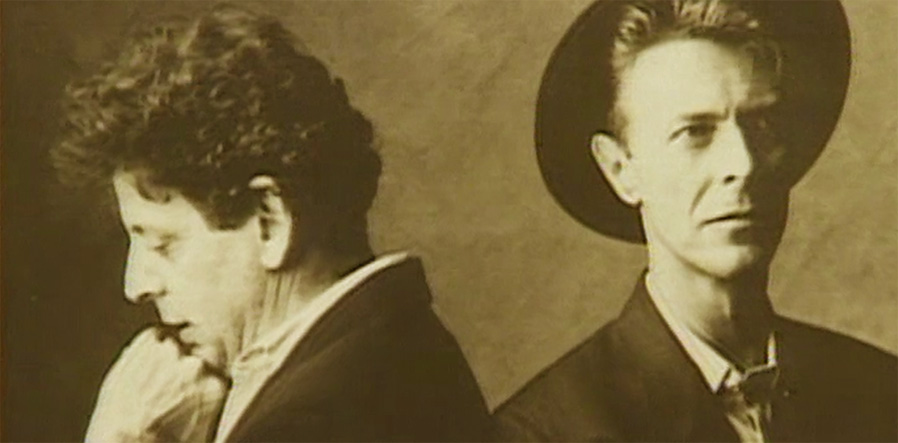Steve Reich at 80
Monday marked the 80th birthday of American composer Steve Reich, who remains one of contemporary music’s most influential and iconic voices. Along with Terry Riley and Philip Glass, Reich was at the forefront of Minimalism, a style of music which emerged in the 1960s and is based on a strong rhythmic pulse, repeating patterns, and gradual, process-oriented change. (For what it’s worth, “minimalist” was a label Reich and other composers resisted). It’s …





